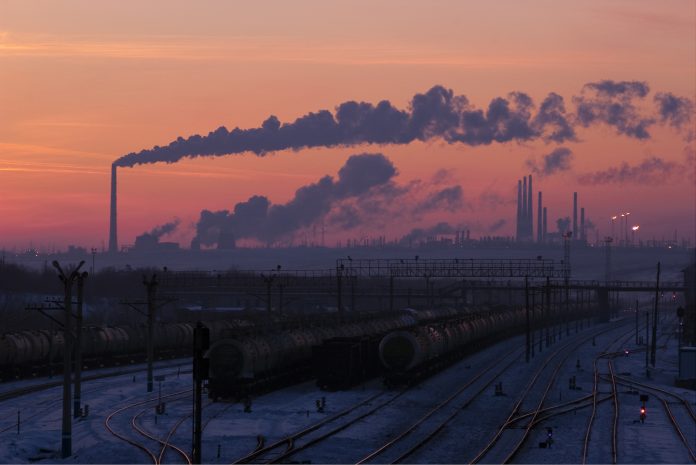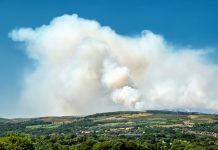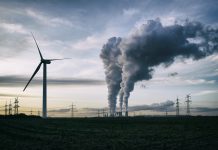Recent studies published by the Global Carbon Project have shown alarming trends in global methane emissions, a growing threat to climate stability
Methane, a greenhouse gas with a warming potential that exceeds carbon dioxide in the short term, has seen a dramatic rise in emissions over the past five years, contrary to global efforts aimed at reduction.
The rise of global methane emissions
The rise in global methane emissions has been driven mainly by increased activities in coal mining, oil and gas production, livestock farming and organic waste decomposition.
This has increased methane concentrations in the atmosphere to levels over 2.6 times higher than pre-industrial times, which is a significant challenge while we try to limit global warming.
“Only the European Union and possibly Australia appear to have decreased methane emissions from human activities over the past two decades,” warned researchers from the Global Carbon Project, chaired by Stanford University’s Rob Jackson.
The studies showed that despite commitments from more than 150 nations to cut methane emissions by 30% this decade under a global pledge, actual emissions have risen by 20% over the past two decades, totalling approximately 61 million tons annually.
Global efforts to reduce methane emissions
Some places are playing a bigger role than others in the surge of methane, these include China and Southeast Asia, with increases attributed to coal mining, agriculture, and waste management practices.
On the other hand, the European Union and Australia have shown a modest reduction in methane emissions from human activities.
COVID-19 temporarily reduced nitrogen oxide emissions and aided in limiting methane accumulation in 2020. However, this effect was short-lived, with methane emissions rebounding as economies reopened.
Human-induced factors
Moreover, scientists have revised their approach to accounting for methane sources, recognising significant contributions from human-induced factors such as reservoirs and agricultural practices that worsen methane release from wetlands and freshwater bodies.
This adjustment emphasises the need for targeted policies addressing both natural and anthropogenic methane sources to mitigate climate impacts effectively.
Experts warn that current emissions trajectories could lead to global warming exceeding 3 degrees Celsius by the end of the century, exceeding targets set under international agreements. Urgent action, they argue, is imperative to reign in methane emissions and safeguard future generations from the worst effects of climate change.











